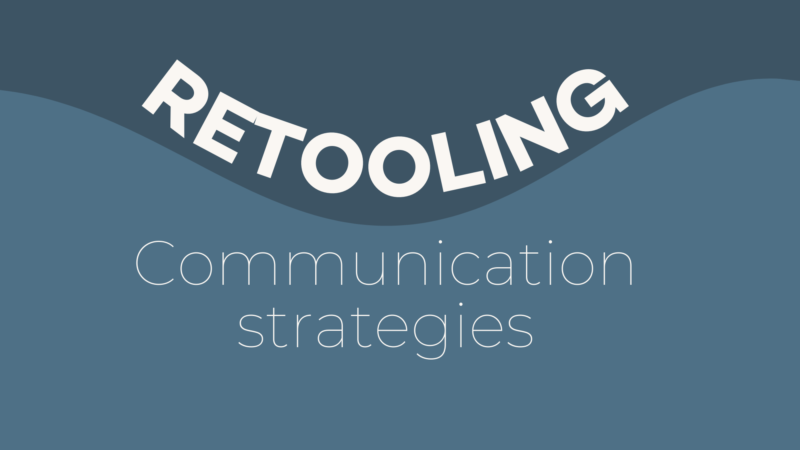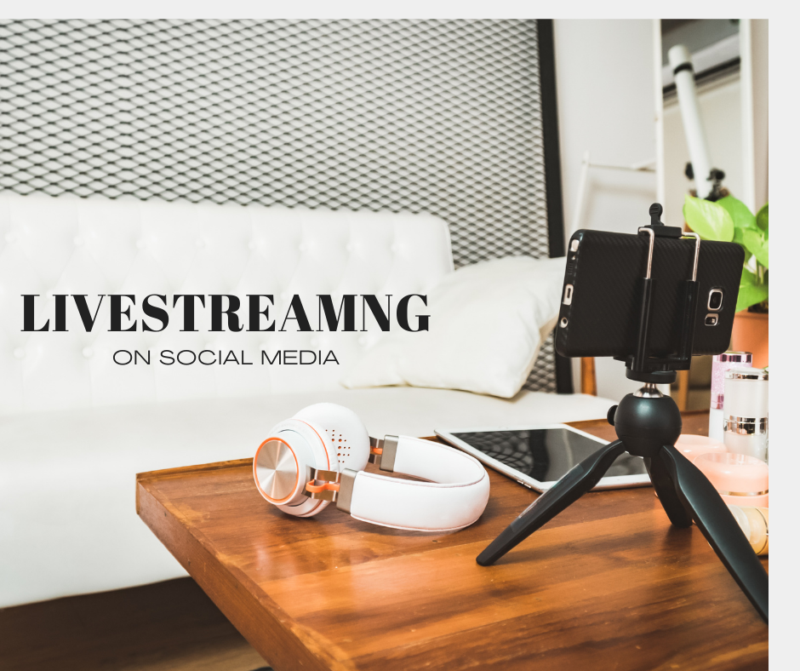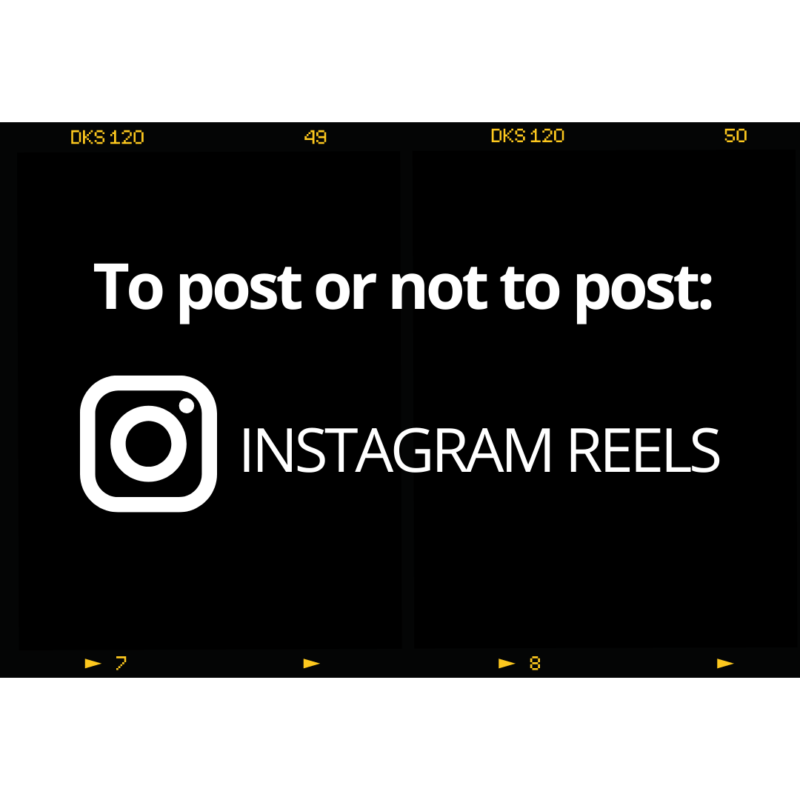In urgent or important customer communication, brevity and clarity are essential.
If 2020 has taught us anything, it’s that when a crisis strikes, our natural inclination is to either say nothing or very little at all, usually out of fear, or to go overboard with lengthy pieces filled with fluff and feelings. But, when sending an urgent announcement or important information to your stakeholders, we recommend following a few guidelines to ensure your key points are easy to find and understand. So in this blog post, I’ll give you three tips for writing effective communication pieces when urgency and importance are of the essence. We’ll use an e-newsletter piece as an example.
Tip No. 1: Don’t bury the lead.
In journalism, our professors teach us the lead or “lede” is the very important first sentence or paragraph that summarizes the five W’s – the who, what, where, when and why that you’ll expand on throughout the piece. Likewise, in PR, when writing an urgent email blast, aim to capture recipients’ attention with those critical key facts right off the bat. In other words, don’t bury the lead.
Tip No. 2: Be both clear and concise.
The way you word your sentences matters. The wrong use of a word or lack of appropriate vocabulary can confuse readers. It can also come across vague, and if your writing is too lengthy, your email will fall flat. And avoid jargon when possible. Keep it concise and to the point – the key points.
Tip No. 3: Focus on the facts.
You may want to pour your heart out to your stakeholders – and there may be a time and a place for that down the line – but in urgent and critical communication, focus on delivering the facts that your customers need to know. Remember the five W’s above. A simple opening telling customers exactly what you are emailing about will set up the email to deliver clear and concise facts subsequently.
That’s it – three quick tips. Of course, each customer communication piece is different and language must be carefully thought through. There will be nuance. But if you succeed with the three key tips above, you can bet your customers will feel informed and won’t feel like they wasted time reading a confusing email. To read more about clarity, specifically, in customer communication, check out this blog post.


